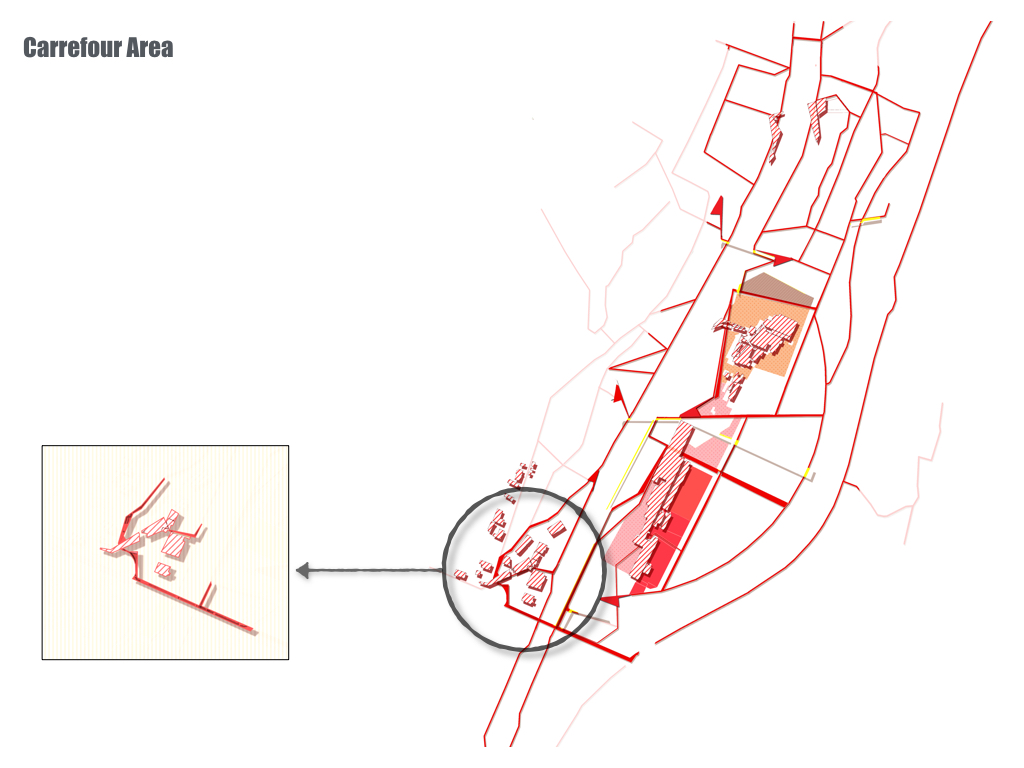Post-industrial Sustainable Landscapes
SHEEP BRIGBE
A concept of urban planning through the reactivation of built heritage,
people and nature.
PROJECT ABSTRACT
Cockerill Sambre Chertal _ Liege, Belgium
This urban development project concerns the rehabilitation of a large abandoned industrial area located in the Meuse Valley in Liège, Belgium. Emphasis is put on the reactivation of the industrial heritage, nature and man because this polluted territory is also characterized by strong spatial disruptions and low user participation.
The party of the project was to reconsider the links, existing or lost, between the inhabitants and their lands and to transform structurally this industrial zone by creating a cultural and economic pole there. To bring this new dynamic, the availability of industrial facilities, relief, green surfaces, aquatic surfaces and the strategic position of land with its strong territorial connection have offered multiple opportunities.
In terms of activities, the choice was made of waste recycling combined with a textile reprocessing activity on a European scale aimed at promoting a new fashion center attracting all craft skills and fashion designers.
A soft mobility circuit restores accessibility by surrounding and serving the entire area of the project dedicated to cultural and recreational activities. Nature is enhanced by landscaping favoring the reception of animals and inhabitants and soil remediation. A gradual conversion over time of existing plants will integrate them into the project concept.
It is part of a larger border area, given by the triangle Maastricht, Liège and Aachen where IBA Parkstad is developing sustainable urban development projects.
Its economic activity based on port trade is a real potential for development.
Master Plane
MASTER PLAN
The concept "sheep bridge" expresses a reconquest of the site with the idea that the sheep will invade the shores of this basin in order to restore to nature and the population their right to a balanced environment and to contribute to an urban development sustainable.
The project concept is based on
1. The ecological revalorization of the region by reactivating the force of nature, partly present on site and showing positive signs of resilience despite the highly polluting industrial activity.
2. The revaluation of the built industrial heritage represented by factories by requalifying them for a second life in the context of a different economic activity.
3. the desire to rebuild the Romani links between the Meuse, the Albert Canal, the industrial zone and the surrounding inhabited areas.
4. The opportunity to reinvest in waste recycling to launch a new economic strategy to re-establish the neglected region following the abandonment of the industry.








THE URBAN PROJECT
Textile Industry Waste Managment Market Process
1. Textile factory. 2'.Clothing recycling factory 3. Research and development department - fashion shows - temporary and permanent exhibitions.4. Academy of Fashion Design. 5. Port of import and export.

















